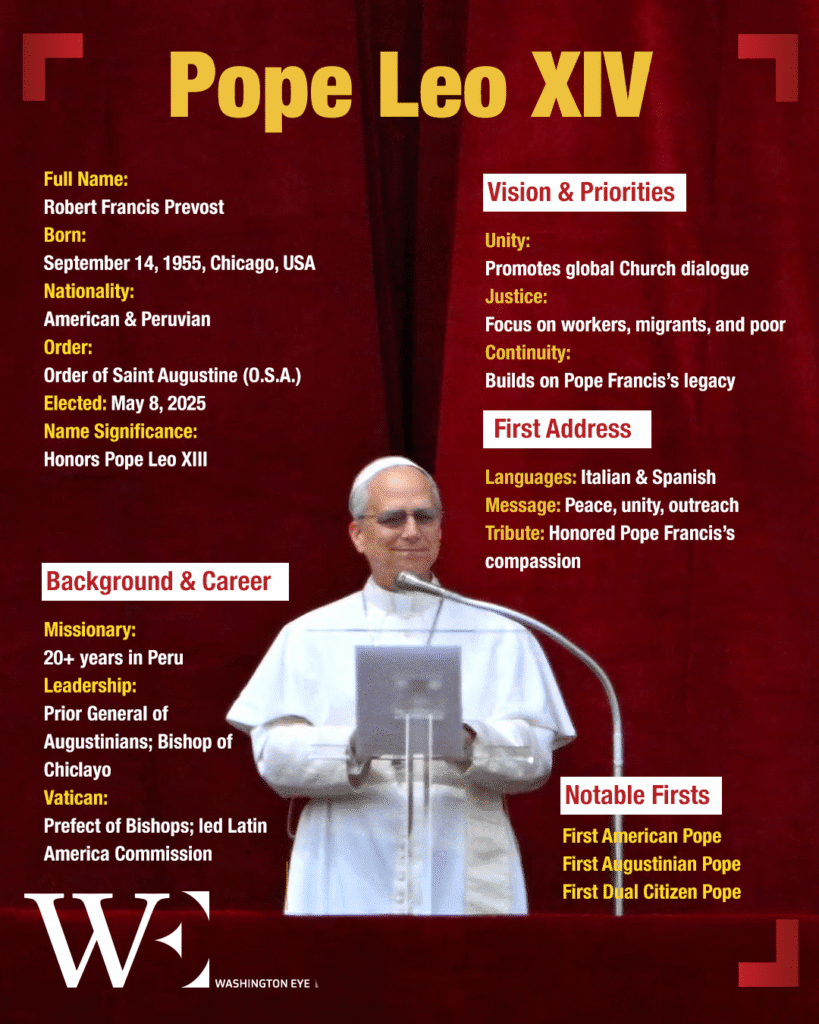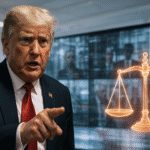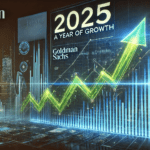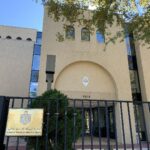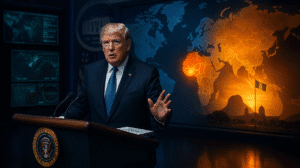In a moment of profound significance and spiritual anticipation, white smoke rose from the chimney of the Sistine Chapel at 6:47 PM local time on May 9, 2025, signaling to the world that a new Pope had been elected. The Roman Catholic Church now turns a fresh page in its two-millennia history with the election of Pope Leo XIV — the first American-born pontiff and the first member of the Order of Saint Augustine to become Pope.
This historic decision follows the resignation of Pope Francis last month due to declining health. After two days of deliberations within the conclave, the 129 cardinal electors selected Cardinal Robert Francis Prevost, 69, the former prefect of the Dicastery for Bishops and Archbishop Emeritus of Chiclayo, Peru, as the new leader of over 1.3 billion Catholics.
As tradition dictates, after the successful ballot, white smoke billowed into the Roman sky and bells rang across Vatican City. Moments later, the senior Cardinal Deacon stepped onto the balcony of St. Peter’s Basilica and declared:
“Habemus Papam – We have a Pope!”
The crowd erupted as Cardinal Prevost, now Pope Leo XIV, appeared in white vestments and delivered his first apostolic blessing, Urbi et Orbi — ‘To the City and to the World.’
Born in Chicago in 1955, Robert Francis Prevost spent over 20 years as a missionary and bishop in Peru, where he also acquired Peruvian citizenship. A member of the Augustinian order, he rose to prominence for his pastoral dedication and administrative skill. In 2023, he was appointed prefect of the Dicastery for Bishops, placing him at the heart of Church leadership under Pope Francis.
Fluent in Spanish and Italian, he is known for his humility, theological depth, and commitment to global Catholic unity. In his first public remarks, Pope Leo XIV said:
“Peace be with all of you.”
He has expressed a desire to continue the reforms initiated by Pope Francis, including a focus on synodality, social justice, and ethical governance within the Church.
Pope Leo XIV is the first pope from the United States, a nation with the fourth-largest Catholic population. His election reflects the growing influence of the Americas within the global Church and a broader recognition of the multicultural character of Catholicism in the 21st century.
His papacy is expected to bring renewed focus to global cooperation, youth engagement, and the ethical implications of new technologies. He has also voiced concern for workers’ rights and poverty alleviation — building on Pope Francis’ legacy.
The Papal Inauguration Mass is scheduled for May 18, 2025, in St. Peter’s Square. His first papal audience will follow on May 21, during which he is expected to outline initial priorities.
His first international trip is expected to be to Mexico, underscoring his Latin American pastoral experience and his vision of building stronger inter-American Catholic ties.
Reactions poured in from world leaders, including the U.S. President and the UN Secretary-General. Bells rang in Chicago churches and prayer vigils were held in Peru. Across Europe, Africa, and Asia, Catholic communities welcomed the election as a sign of continuity and renewal.
As twilight settled over St. Peter’s Square and the faithful lit candles in quiet reverence, the elevation of Pope Leo XIV stood as a historic bridge between tradition and change. The challenges ahead are immense — from climate change to Church reform — but millions now look to a pope who brings with him the compassion of a missionary, the discipline of a theologian, and the hope of a unifying shepherd.
